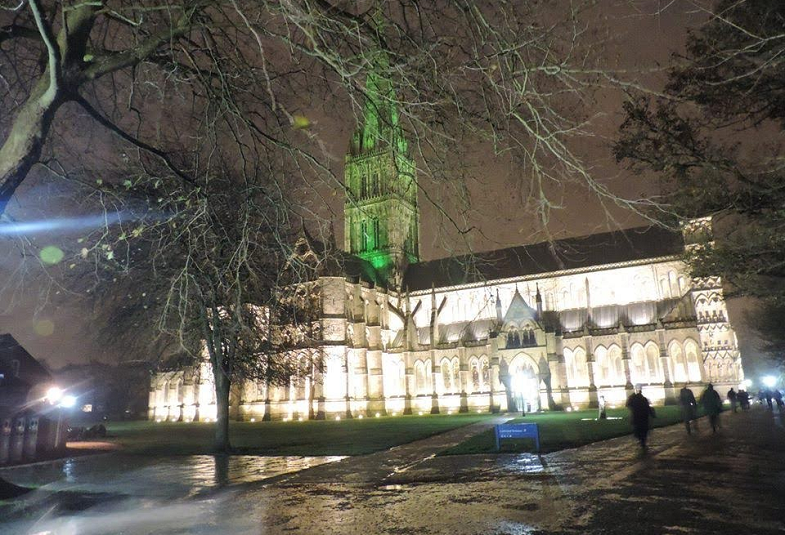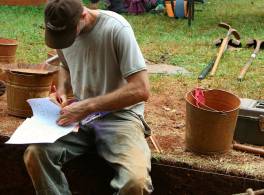Lighting and sound equipment can make a big difference to the character and appreciation of a cathedral building.
It can also play an important part in making a cathedral accessible to all.
We can help you make the right choice for your cathedral.
Download our guidance
- Lighting and sound equipment in cathedrals (283.86 KB)

Where to begin?
Develop your proposal
A named member of chapter should manage proposals to install new lighting or sound equipment.
The proposals should be developed in close discussion with the cathedral architect and archaeologist to make sure the impact of the work is understood and any necessary mitigation measures are incorporated from an early stage.
This should be the case even where the detailed proposal will be developed by or with an external specialist consultant.
What permissions do you need?
What do we look for in your application?
The Commission and your Fabric Advisory Committee will assess your proposal based on its effect on the architectural, archaeological, artistic or historic character of the cathedral.
This includes:
- Its physical impact on the fabric and archaeological remains
- Its visual impact on the character of the building
Set out how the visual impact and any archaeological impact will be mitigated.
In addition, demonstrate how your proposals take account of
- Energy efficiencies and benefits from the latest technology
- Maintenance and upgrading considerations, and the need for any ongoing technical support
- Access and accessibility: proposals should refer to any access audit or other assessment
Supporting information for your application
Include the following supporting information with your application to the Commission or your Fabric Advisory Committee:
- An introductory statement by chapter with background information and putting the work in context
- A statement of the need for the work
- Reference to the cathedral’s access audit or other assessment
- Reference to the cathedral’s liturgical and conservation management plan
- Reference to any facilities audit and trials or mock-ups that have been carried out, and how these have informed the proposals
- A description of the proposed work
- Illustrative material (e.g. drawings, photographs, etc.) – these might be provided by an external consultant
- Relevant technical information (e.g. equipment specifications, fixings, finishes, etc.)
- Impact statements by the cathedral architect and archaeologist

